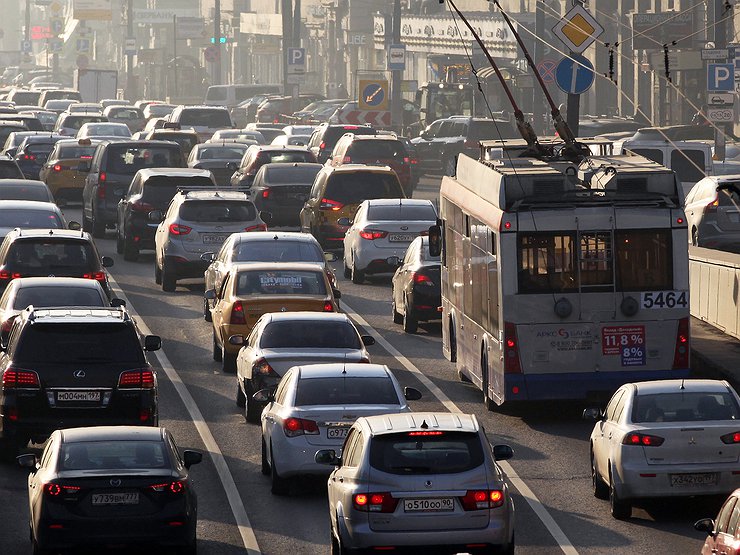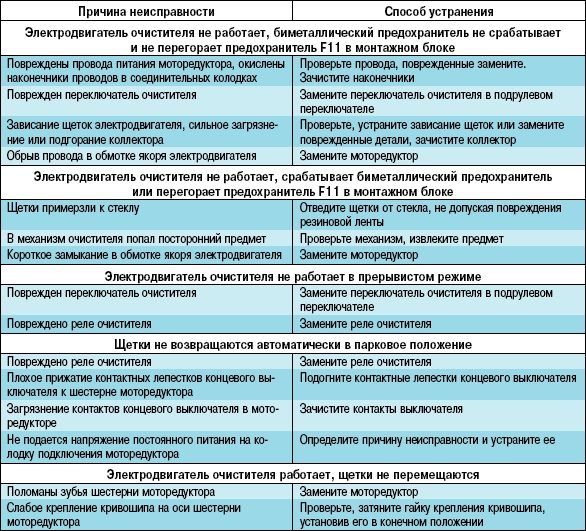
How to avoid traffic jams
Content
Whether you're expecting traffic jams, or if they happen spontaneously after an accident, they're annoying, annoying, and a waste of your time. While there are many ways to make traffic jams more bearable—like listening to a podcast or audiobook, or calling a friend—nothing beats avoiding traffic jams altogether!
Sometimes it's impossible to avoid traffic, but there's usually one or two things you can do to keep from getting stuck in bumper after bumper frenzy on your way to and from work every day.
Method 1 of 3: Avoid High Traffic Areas
Step 1Use phone apps. Use your phone apps to find the best routes and traffic. Download a GPS or map app for your smartphone, such as Google Maps or Waze.
These apps will help you find alternative routes and will also alert you to particularly bad traffic. By following the app, you can see places in your traffic flow that are heavily congested and thus take alternative routes to avoid this.
Functions: These apps update in real time with new traffic jams caused by accidents or road works so you can get the latest and most accurate reports.
A warning: Never use your phone while driving. Open the app before getting into the car and place it on the phone holder on the dashboard. Using your phone while driving puts you and others at risk. It is also illegal and can result in a hefty fine.
Step 2: Pay Attention to Traffic Reports. Take a minute to review traffic reports before you get behind the wheel.
Use one of the phone, web, or radio apps to find out about current road conditions. Plan an alternative route based on the information received.
Step 3: Find different ways to get there. If you constantly get stuck in traffic on your way to work, make a list of other routes and keep it in your car at all times.
Use the online search to find other routes that are similar in travel time or distance but are less likely to experience major traffic jams. Ask your colleagues or other people who commute to work about other routes they take to work.
Once you've made a list of available routes, start trying them out. You'll quickly find out which ones are faster than the traffic jam route and find out if certain routes work better on certain days or at certain times.
Method 2 of 3: Change your driving schedule
Step 1. Leave at a different time. Plan your trip at a different time. By changing your schedule a bit, you can often avoid rush hour driving and therefore traffic jams.
Consider leaving work early or coming home late. This will leave you with some free time to kill, but you can easily fill that time by going to a coffee shop and reading, hitting the gym and working out, or taking a walk in a nearby park.
- Functions: If you're stuck in traffic due to work hours, try asking your boss if you can move your shift forward or down an hour or two to avoid traffic.
Changing your schedule may mean less time at home, but it also means a lot less time in traffic and a lot more time you can spend on productive and enjoyable activities.
Step 2: Find a Lighter Drive. Find a way to make your commute easier. If traffic jams are really detrimental to your quality of life, there are several ways you can find ways to make driving much easier.
Consider moving to a house or apartment closer to work so you don't have to commute to work every day.
If you don't want to change your life situation, consider finding a similar job closer to your home. If possible, ask your boss to move you to a better place to work.
- Functions: Remote work is becoming more and more popular among companies. It's worth asking your boss if you can work from home or work from home half the day to avoid commuting during rush hour.
Method 3 of 3: Avoid driving completely
Step 1. Take the bus or train.. Try to use public transport to avoid traffic jams. Your city most likely has buses or subways that will take you to your place of work.
While public transportation probably won't make you work any faster than driving, you can at least be able to read, work, or use your phone while commuting.
- FunctionsA: Many jobs will subsidize your public transportation costs, so this option can also save you money.
Step 2: Cycling or walking. Depending on how long you drive, you can often avoid traffic by cycling or walking.
Often on foot you will get to where you are going just as fast, while by bike you will almost certainly get there faster if there is constant traffic.
Walking or biking gives you the added benefit of saving money on gas and getting a good workout.
- Functions: You can also split the difference by riding half way and cycling or walking the rest of the way. This is a great option if you only have traffic on a certain part of your route.
Step 3: Buy a scooter or motorcycle. If you don't want to give up a drive with a motor, consider buying a scooter or motorcycle.
Scooters and motorcycles allow you to bypass most traffic jams by passing between cars and lanes.
Both scooters and motorcycles have the added benefit of being more fuel efficient than most cars and can be purchased at an affordable price.
Functions: Consider using a scooter only if your traffic jams occur on city streets. Scooters are not allowed on motorways.
A warning: Driving a scooter or motorcycle, especially between cars, is much more dangerous than driving a four-wheeled vehicle. Take a motorcycle driving course to prepare for your commute.
Traffic jams are an unpleasant part of driving, but they shouldn't be a permanent part of it. Follow some of these tips and you'll find yourself looking at other car's bumper stickers much less frequently.
